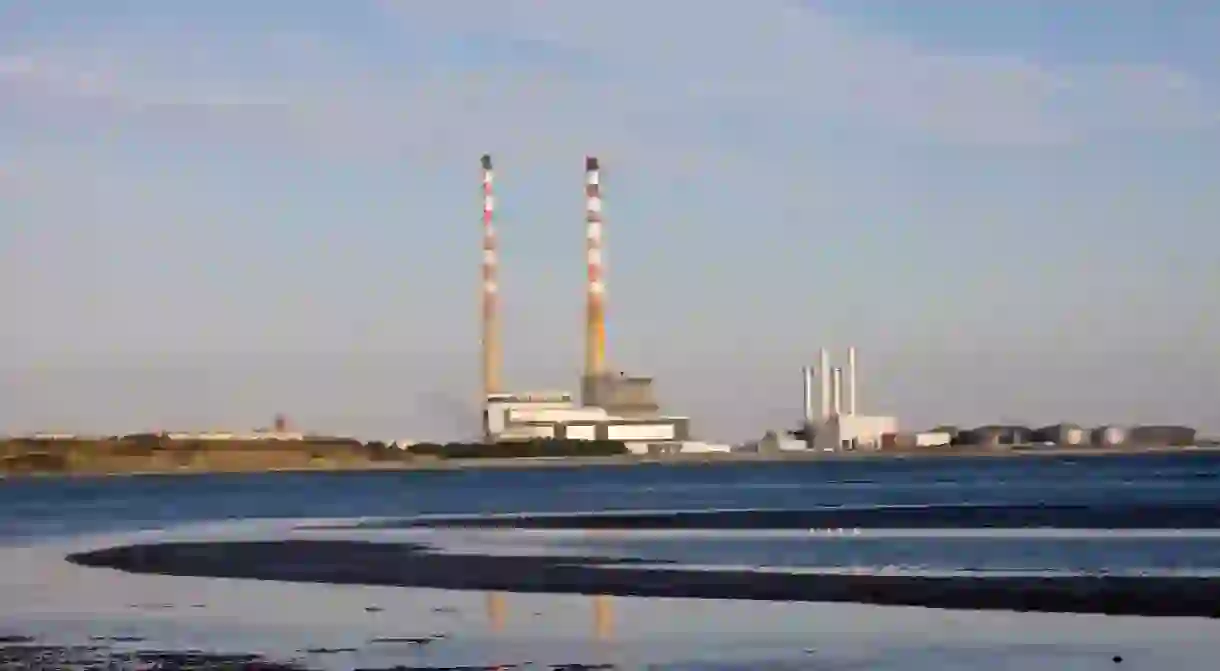The Best Things to See and Do in Ringsend, Dublin

Tucked away to the south of Dublin‘s River Liffey and up against the Irish Sea, Ringsend is a stronghold of the traditional Dubliner, though it has developed fast in recent years. A previously largely working-class reputation has been set aside with an influx of the likes of Google, Facebook and the improved national football stadium (the Aviva) moving in just down the road.
This is still a distinctive community, though, with the suburb famed as the landing point of (locally hated) Oliver Cromwell‘s invading army, and home to the distinctive Poolbeg Chimneys, seen by many locals as a symbol of returning to the city. While central, it’s very much more a suburb than a part of the city’s heartland, but this is a suburb with plenty to explore. Here’s what we’d suggest.
Walk past Poolbeg, along the Great South Wall
Go greyhound racing at Shelbourne Park
Park, Stadium
Glance at Irish revolutionary history through Boland's Mill

Explore the local sailing and rowing scene
Given Ringsend is all but surrounded by water (the River Liffey, its tributary the River Dodder, Grand Canal Docks and the Irish Sea all but surrounding the district), it’s no surprise that sailing and rowing are both popular here. Rowing is more established, with rival clubs Stella Maris and St Patrick’s hosting regular smaller competitions throughout the summer and also the annual Ringsend Regatta as a flagship event. St Patrick’s has been here more than 75 years. Sailing is a newer proposition, but Poolbeg Yacht Club has an 18-race series running through the summer, so there’s plenty of watery action to check out.
Stroll through Grand Canal Dock
This plush redevelopment around Dublin’s south city Docklands has proven so popular that it’s drawn in a host of major tech firms, including Google, Facebook, LinkedIn and home-grown payment company Stripe (sure, the Irish corporate tax system might have played a small role, too). It’s also become an upmarket alternative to the city centre, a business-heavy spot that still has funky art, a sizeable theatre (the Grand Canal Theatre, see below), loads of restaurants and bars, hotels, and a clutch of local kids who spend half the summer leaping into the dock’s waters. It’s a far cry from the industrial corner it used to be, and a symbol of Dublin’s rejuvenation.

Dig into a surprisingly deep cinematic history
Actor Colin Farrell was a longtime resident of Ringsend (though he hails from the other side of Dublin, in Castleknock), but for movie buffs, there’s a far more substantial cinematic legacy to explore. Naturally, Boland’s Mill appears in a number of Irish revolutionary films. More surprisingly, the region plays a role as Rita’s hometown in Educating Rita (1983), and has several streets that feature as market scenes in Agnes Brown (1999). In The Name of the Father (1993) and The General (1998) also feature the district, which evidently went through a 90s cinematic heyday. No coincidence, perhaps, given the impact of U2 at that time, and their studio’s location in Ringsend.
Hit up one of Ireland's best theatres
Building













